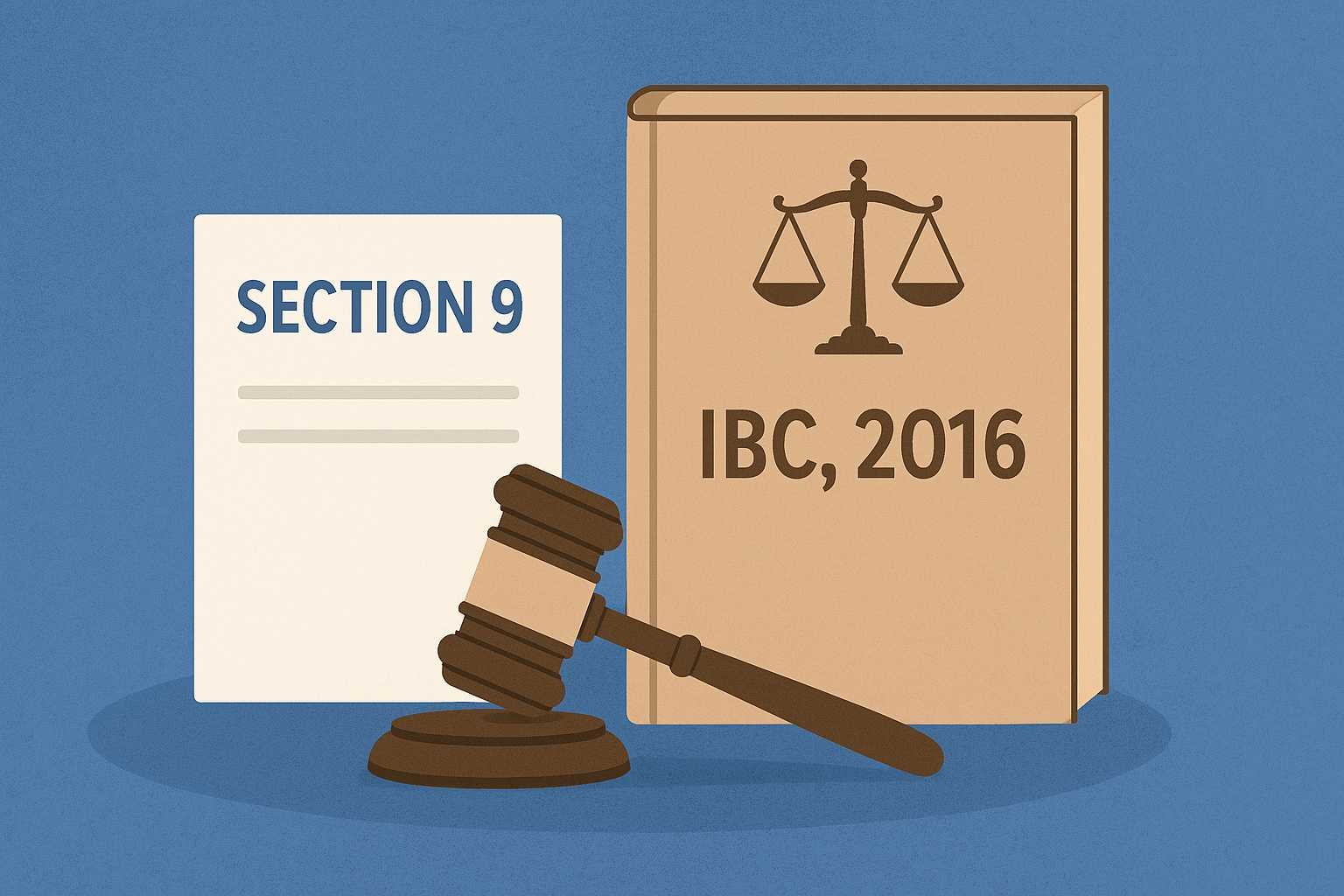On this page you will read detailed information about Section 13 of Hindu Marriage Act.
As you navigate the complexities of Hindu marriage law, understanding Section 13 of The Hindu Marriage Act is crucial. This pivotal provision outlines the grounds for divorce, providing a legal framework for the dissolution of marriages. Whether you’re considering divorce, facing marital challenges, or simply seeking to broaden your legal knowledge, grasping the nuances of Section 13 is essential. This article will guide you through the key aspects of this law, shedding light on the conditions under which divorce may be granted. By familiarizing yourself with these legal provisions, you’ll be better equipped to make informed decisions about your marital future or offer sound advice to others.
Overview of Section 13 of Hindu Marriage Act
Section 13 of The Hindu Marriage Act, 1955, is a crucial provision that outlines the grounds for divorce under Hindu law. This section empowers either spouse to seek dissolution of their marriage through a decree of divorce.
Grounds for Divorce
The Act specifies several grounds on which a divorce can be granted:
- Adultery: When one spouse has voluntary sexual intercourse with someone other than their spouse after the marriage.
- Cruelty: Physical or mental cruelty that causes reasonable apprehension of harm or injury.
- Desertion: When one spouse has deserted the other for a continuous period of at least two years.
- Conversion: If either spouse converts to another religion, leaving Hinduism.
- Mental disorder: Unsoundness of mind or continuous/intermittent mental disorder that makes cohabitation impossible.
- Communicable disease: If one spouse suffers from a virulent and incurable form of leprosy or venereal disease.
Recent Amendments
The Marriage Laws (Amendment) Act, 1976, introduced additional grounds for divorce, including:
- Mutual consent: Allows couples to file for divorce jointly if they have been living separately for at least one year.
- Non-resumption of cohabitation: If there’s no resumption of cohabitation for one year or more after a decree of judicial separation.
Understanding Section 13 is crucial for those seeking divorce under Hindu law, as it provides the legal framework for dissolution of marriage.
Grounds for Divorce Under Section 13
Section 13 of the Hindu Marriage Act outlines specific grounds on which either spouse can petition for divorce. These grounds provide legal justification for the dissolution of a Hindu marriage.
Adultery
Adultery, defined as voluntary sexual intercourse outside of marriage, is a primary ground for divorce. If either spouse has engaged in an extramarital affair after the solemnization of marriage, the other partner may file for divorce.
Cruelty
Mental or physical cruelty is another significant ground. This can include behaviors that cause reasonable apprehension of harm or injury to the petitioner’s life, limb, or health. Emotional abuse, constant belittling, or denial of basic necessities also fall under this category.
Desertion
If a spouse has deserted the petitioner for a continuous period of at least two years immediately preceding the filing of the divorce petition, it constitutes grounds for divorce. Desertion implies the intentional permanent forsaking and abandonment of one spouse by the other without reasonable cause and without the consent of the other.
Conversion
If either spouse converts to another religion, leaving Hinduism, it can be grounds for divorce. This provision recognizes the potential incompatibility that may arise due to significant changes in religious beliefs and practices.
Mental Disorder
A spouse can file for divorce if the other party has been incurably of unsound mind or has been suffering continuously or intermittently from a mental disorder of such a kind and to such an extent that the petitioner cannot reasonably be expected to live with them.
In the previous post, we had shared information about The Medical Termination of Pregnancy Act 1971 so read that post also.
Filing for Divorce Under Section 13
Grounds for Divorce
Section 13 of the Hindu Marriage Act provides several grounds on which a spouse can file for divorce. These include adultery, cruelty, desertion, conversion to another religion, mental illness, and communicable diseases. It’s crucial to understand that the petitioner must provide substantial evidence to support their claims when filing for divorce under any of these grounds.
Legal Process and Requirements
When filing for divorce under Section 13, you must follow a specific legal process. First, you need to file a petition in the appropriate family court, clearly stating the grounds for divorce. The court will then issue a notice to the respondent, giving them an opportunity to respond. It’s important to note that there is no mandatory waiting period for filing under Section 13, unlike in cases of divorce by mutual consent.
Implications and Considerations
Filing for divorce under Section 13 can have significant implications. It’s often a more contentious process than mutual consent divorce, potentially leading to prolonged legal battles. Additionally, issues such as alimony, child custody, and property division may become complex. Therefore, it’s advisable to seek legal counsel to understand your rights and obligations before proceeding with a divorce petition under this section.
Section 13 and Mutual Consent Divorce
Understanding Mutual Consent Divorce
Section 13 of the Hindu Marriage Act introduces the concept of mutual consent divorce, offering couples a less adversarial path to end their marriage. This provision allows both spouses to jointly petition for divorce when they agree that their marriage has irretrievably broken down. Unlike fault-based grounds, mutual consent divorce doesn’t require proving misconduct or assigning blame.
Key Requirements for Mutual Consent Divorce
To file for divorce under Section 13B, couples must meet several criteria:
- The spouses have lived separately for at least one year
- They mutually agree that the marriage cannot be salvaged
- Both parties willingly consent to the divorce
- They have reached an agreement on important matters such as alimony, child custody, and property division
The Two-Step Process
Mutual consent divorce follows a unique two-step procedure:
- First Motion: The couple files a joint petition in court, expressing their desire to divorce.
- Second Motion: After a 6-month cooling-off period, the couple must reaffirm their intention to divorce. This waiting period allows for reconciliation if the spouses change their minds.
By providing a less contentious option, Section 13B aims to reduce the emotional and financial toll of divorce proceedings while respecting the autonomy of both parties involved.
Important Things to Know About Section 13
Grounds for Divorce
Section 13 of the Hindu Marriage Act outlines the legal grounds for divorce in Hindu marriages. It’s crucial to understand that this section provides specific circumstances under which a spouse can petition for dissolution of marriage. These grounds include adultery, cruelty, desertion, conversion to another religion, mental illness, and renunciation of the world, among others.
No-Fault Divorce Provision
An important aspect of Section 13 is the inclusion of a no-fault divorce provision. This allows couples to mutually consent to divorce without assigning blame to either party. However, it’s essential to note that this option requires both spouses to agree and file a joint petition.
Time Constraints and Waiting Periods
When seeking divorce under Section 13, it’s vital to be aware of certain time constraints. For instance, in cases of desertion, the act must have persisted for at least two continuous years immediately preceding the presentation of the petition. Additionally, there’s typically a mandatory waiting period of six months between filing the petition and the court granting the divorce decree.
Legal Representation and Evidence
When invoking Section 13, it’s advisable to seek legal counsel. A competent lawyer can help navigate the complexities of the law and ensure all necessary evidence is presented to support your case. Remember, the burden of proof lies with the petitioner, so gathering substantial evidence is crucial for a successful divorce petition under this section.
Conclusion
In conclusion, Section 13 of The Hindu Marriage Act provides crucial legal grounds for divorce in Hindu marriages. Understanding these provisions empowers you to navigate marital challenges and make informed decisions about your relationship. While divorce should never be taken lightly, this section ensures that individuals have recourse when faced with extreme circumstances like cruelty, desertion, or infidelity. As society evolves, so too does the interpretation and application of these laws. It’s essential to consult with a qualified legal professional to fully grasp how Section 13 may apply to your specific situation. By familiarizing yourself with these legal provisions, you are better equipped to protect your rights and well-being within the institution of marriage.
Disclaimer
The information and services on this website are not intended to and shall not be used as legal advice. You should consult a Legal Professional for any legal or solicited advice. While we have good faith and our own independent research to every information listed on the website and do our best to ensure that the data provided is accurate. However, we do not guarantee the information provided is accurate and make no representation or warranty of any kind, express or implied, regarding the accuracy, adequacy, validity, reliability, availability, or completeness of any information on the Site. UNDER NO CIRCUMSTANCES SHALL WE HAVE ANY LIABILITY TO YOU FOR ANY LOSS OR DAMAGE OF ANY KIND INCURRED AS A RESULT OR RELIANCE ON ANY INFORMATION PROVIDED ON THE SITE. YOUR USE OF THE SITE AND YOUR RELIANCE ON ANY INFORMATION ON THE SITE IS SOLELY AT YOUR OWN RISK. Comments on this website are the sole responsibility of their writers so the accuracy, completeness, veracity, honesty, factuality and politeness of comments are not guaranteed.
So friends, today we talked about Section 13 of Hindu Marriage Act, hope you liked our post.
If you liked the information about Section 13 of Hindu Marriage Act, then definitely share this article with your friends.
Knowing about laws can make you feel super smart ! If you find value in the content you may consider joining our not for profit Legal Community ! You can ask unlimited questions on WhatsApp and get answers. You can DM or send your name & number to 8208309918 on WhatsApp








